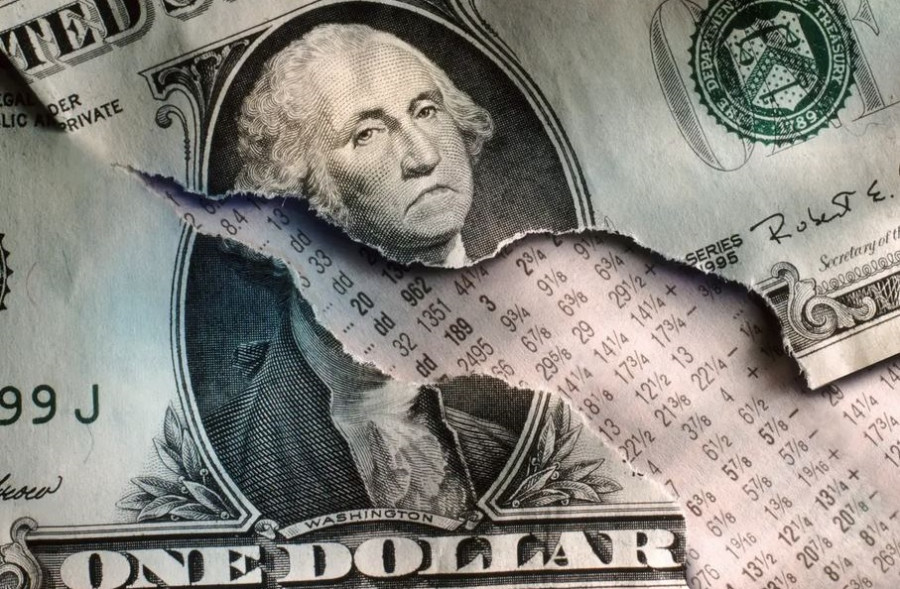At the start of the new trading week, the EUR/USD pair stayed within the 1.15 range and is even trying to approach the resistance level of 1.1600 despite the ongoing conflict in the Middle East.
Israel and Iran continue to exchange missile strikes, with casualties rising on both sides and no real signs of de-escalation. However, the conflict has not expanded geographically, and Iran (so far) has refrained from taking the most extreme retaliatory measures—such as closing the strategically vital Strait of Hormuz to shipping (though IRGC officials have issued threats) or attacking U.S. military bases in the region (despite Tehran officially accusing the United States of involvement in the Israeli strike). In other words, the conflict has not escalated in scale or spread geographically, allowing EUR/USD buyers to keep the pair within the 1.15 range.

This is a crucial point, indicating that the dollar has not become a beneficiary of the current situation. Recall that in the immediate aftermath of the initial IDF strikes on Iranian infrastructure, the U.S. dollar strengthened across the market, as if the market had "remembered" its status as a safe-haven asset. However, by the end of Friday's trading, demand for the dollar had waned amid speculation that the Middle East conflict could negatively impact the United States, at least through a spike in inflation. The market has once again cooled on the greenback—the U.S. Dollar Index today has returned to the 97 range. This suggests that if the Middle East conflict becomes prolonged, it will act as a negative fundamental factor for the dollar—not a supportive one.
As is well known, any military actions in the Middle East affect oil prices, impacting the global—and U.S.—economy. This morning, August Brent crude futures on the ICE Futures exchange in London rose 0.92% to $74.91 per barrel. Market participants still fear potential disruptions in oil supply due to threats to block the Strait of Hormuz, through which roughly 17–18 million barrels of oil pass daily—about 20% of global seaborne oil trade and roughly one-fifth of total global oil consumption.
On one hand, this modest oil price increase is not dramatic. But if the trend continues (e.g., if prices approach $80 or higher), it could place additional upward pressure on U.S. inflation. A sustained rise in oil prices could shift inflation expectations, which are already at elevated levels (according to the University of Michigan's June survey, 1-year expectations are at 5.1%).
In other words, the ongoing conflict will likely work against the U.S. dollar (due to rising stagflation risks) rather than supporting it through its so-called safe-haven status. In the current environment, that status is effectively "not working"—a disappointment for dollar bulls.
Meanwhile, as noted above, there are no real signs of de-escalation. Although Iran declared yesterday its readiness to sign an agreement renouncing nuclear weapons, it continues to insist on its right to peaceful nuclear energy—while Israel categorically opposes retaining any "civilian" nuclear infrastructure in Iran. Moreover, judging by the rhetoric of the Israeli prime minister, the military operation is aimed not only at ending Iran's nuclear program but also at toppling the current government.
As a result, all statements, comments, and leaks at this stage are escalatory. For example, according to Reuters, Iran told mediators from Qatar and Oman that it will not negotiate until Israeli strikes cease. Officially, Iran's Islamic Revolutionary Guard Corps stated that it would continue operations against Israel "until its complete destruction."
It was also announced today that the United States is transferring refueling aircraft across the Atlantic "in an unprecedentedly large deployment" (more than 30). Some analysts believe these tankers will participate (and are already participating) in the Israel-Iran conflict. In addition, the U.S. has deployed THAAD air defense systems and AEGIS destroyers to assist the IDF in intercepting Iranian ballistic missiles.
The war, unfortunately, continues—and that's bad news for the greenback despite its formal status as a safe-haven asset.
Conclusion
Thus, the Middle East conflict has become a significant factor for the American currency. While the euro is currently struggling to gain traction, primarily due to weak demand for risky assets, the EUR/USD exchange rate remains stable and is even attempting to reach the 1.60 mark. Therefore, corrective declines still make sense to consider as a reason to open long positions with targets at 1.1600 (upper Bollinger Bands line on the daily chart) and 1.1650 (upper Bollinger Bands line on the weekly chart).












